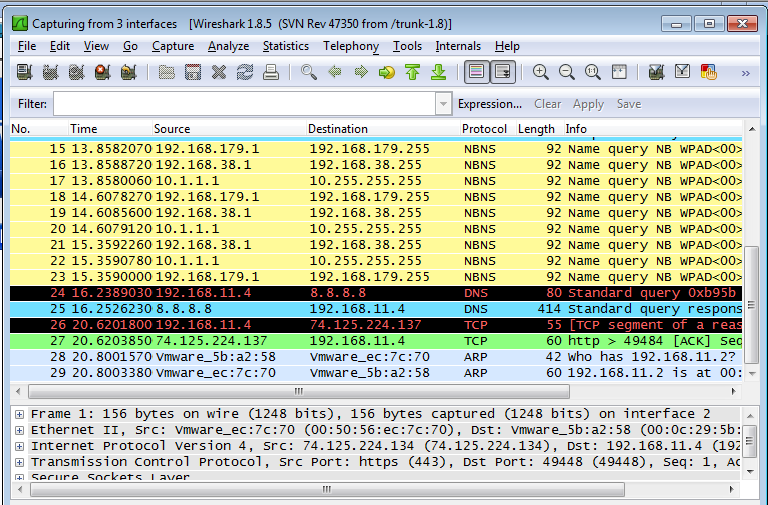

Then once everything is working and you are piping packets to Wireshark you can use all the awesome Wireshark built-in filters for Bluetooth and BLE: btatt, btl2cap, btle. If you're on Windows you can just use the tools provided by Nordic on this page, and follow the instructions in the User Guide.Įdit 2018-10: Nordic have released a Mac and Linux app in beta to support their sniffer, so the rest of this post shouldn't be necessary any more. They also provide an application for Windows that communicates with that firmware over USB to get back the sniffing data, and that formats it in a way understandable for Wireshark. Nordic provides firmware for this board that turns it into a sniffer. I use the nRF51 Dongle, which is a dev kit for the nRF51, a BLE + Cortex M0 SoC from Nordic Semi. The software of the chipset inside your computer doesn't support sniffing, so you'll need another chipset whose software you can control. Sniffing a connection requires support from the baseband layer which is implemented inside the Bluetooth chipset. Yes it's possible to use wireshark to analyse BLE packets, but you will need additional hardware.


 0 kommentar(er)
0 kommentar(er)
